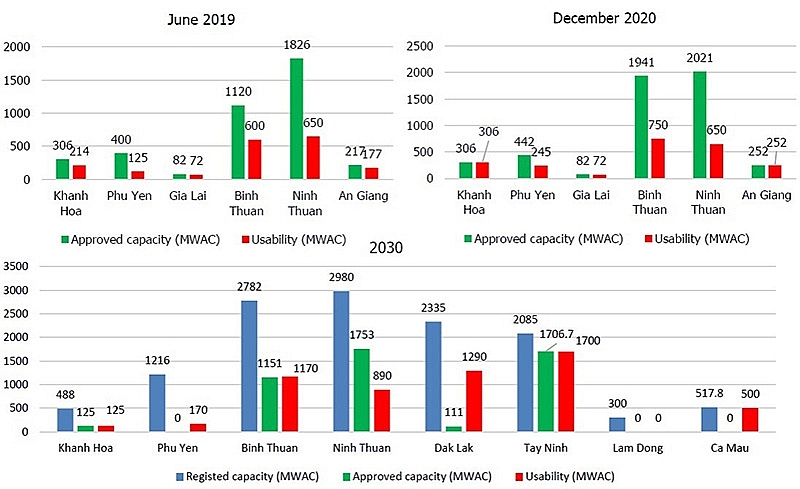Vietnam’s rapid GDP growth and accelerated development as a global manufacturing hub is creating an anticipated infrastructure problem, which is a growing power demand-supply gap. Samresh Kumar, managing director of Principal Investments at VinaCapital, shows why solar rooftop power presents a game changing solution.

In the next five years, electricity consumption in the country is expected to grow at 10 per cent per annum, while the power supply is expected to grow only by around 8.5 per cent, not taking into account lower hydropower production in the future due to expected El Nino weather conditions later in 2019.
If we dive further into the demand-supply gap by region in Vietnam, we notice that it is much more acute in the economic centres of south and north, rather than in the central region.
The good news is that renewable energy, especially solar, currently contributing less than 2 per cent of the country’s current capacity, is increasingly becoming more commercially feasible and is touted as one of the key solutions for this demand-supply gap problem.
In fact, we can already see heightened activity in the development of solar projects in Vietnam, driven by reduced levelised cost of energy production and government policy support through attractive feed in tariffs, despite the many challenges still existing related to off-take, financing, and licensing among other things.
Apart from the absence of guaranteed off-take (take or pay), the other biggest challenge facing the sector is related to transmission.
A significant portion of current renewable energy development in Vietnam is through utility scale solar farms, which are concentrated in two provinces of south-central Vietnam, Ninh Thuan and Binh Thuan, with more than three gigawatts of just solar power capacity registered.
Central Vietnam already produces 25 per cent of national electricity capacity, but only consumes less than 10 per cent of production. This imbalance will increase exponentially as these under development or under construction solar farms come on stream in the next couple of years.
This means that it needs a good transmission line to transmit this power to where it is needed.
However, there is not currently enough grid capacity for this. The gravity of the situation can be understood more by looking at the recent statistics shared by the head of the National Load Dispatch Centre, the department responsible for the power load dispatch (see graphic).
The statistics imply that over 50 per cent of the power generated in the two provinces will not be able to be sold to the grid, not only in 2019 or 2020, but the situation may not be rosy even by 2030. Building new transmission lines is not a short-term thing because it requires significant investment, it requires time, and the sub-sector is not currently open for private sector investment, thereby necessitating the need to find creative partnership structures between private capital and the government.
This is where solar rooftop power presents a game-changing solution. It provides a commercially viable option, especially for the commercial and industrial segments. It leverages existing infrastructure and monetises idle assets that are the roofs without requiring additional land, which is important in Vietnam.
It is very efficient because power is produced where it is needed, like commercial, industrial, and residential units and thus frees up the grid. Finally, it is highly scalable and can be deployed and commissioned within months.

Source: National Load Dispatch Centre
Talking of scale, we looked at different segments such as factories, commercial and retail establishments, and the residential segment, and we estimate that more than 4,000 megawatts of power can be effectively commissioned through rooftop solar in the next 10 years, of which more than 95 per cent would be through industrial and commercial segments. The potential is even bigger.
While policy initiatives are already ongoing to simplify and clarify the regulations for this previously overlooked segment, the solar rooftop sector is still early in Vietnam, and hence the ecosystem is currently under-developed.
Hence, it needs focused efforts from developers to work with different participants in the ecosystem such as regulators, suppliers, contractors, financiers, and consumers simultaneously in order to scale up.
A capable local developer, with strong technical qualifications, local access, local execution experience, and strong financial capability is more suited to dominate this sector rather than foreign developers. In fact, I sincerely hope that strong local champions emerge in this sub-sector, which will be beneficial for Vietnam too.
From that angle, there has been a lost opportunity in solar farms so far, which have been dominated by imported panels and international consultants, and hence money eventually flowing outside Vietnam.
VIR